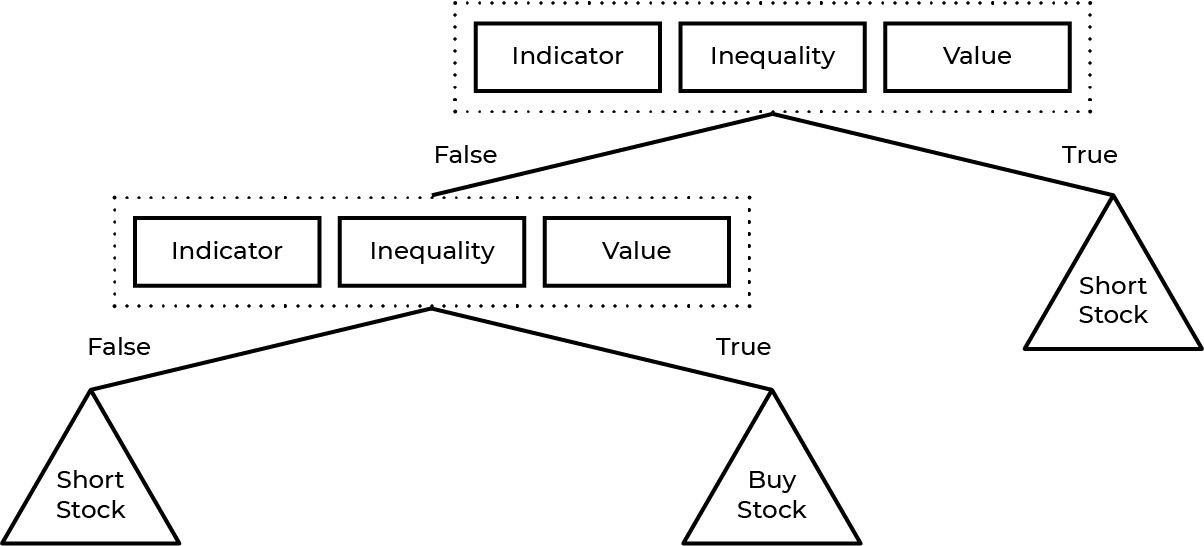Big data analysis has reached a whole new level as a fully-fledged industry in its own right, with many fintech companies relying on data science to develop their own strategies. Trading, with its immense data flows, is the perfect playing field where data science can give a sizable competitive advantage.
However, trading is adopting data science on a gradual scale only – big data is still largely the domain of quants, while traders themselves are on the outside looking in. The trade industry could benefit from wider adoption of data science.
Traders are the closest to the market, so it makes sense for them to understand what patterns drive market behavior. Data science is the trader’s key to a better understanding of underlying market processes. Data science can be roughly split into two major trends: statistical analysis and machine learning (ML). These two trends are closely interlinked. Sometimes statistical analysis is a separate discipline, or it may be a part of the machine learning model.
What is statistical analysis and how can traders benefit?
Statistical analysis is, roughly speaking, equivalent to traditional statistics, or the science of processing random data. The process is generally as follows: a random data set is analyzed to obtain a variety of statistical parameters, such as distribution or correlation, then a conclusion is made based on the result.
Distribution analysis is useful to determine if an event is likely to occur and to what degree. In crypto trading, distribution analysis can show which exchanges report credible volumes and which exchanges engage in volume inflation. This article describes in more detail how statistics help to identify fraudulent exchanges, and explains it in layman’s terms.
Another useful statistical method is correlation analysis. It is used to compare each asset in a portfolio against the other, or the correlation to other assets. Having a portfolio of highly correlated assets is a risk. If one of the assets drops in value, a trader could potentially lose everything.
Machine Learning methods in trading
Machine Learning is when AI, neural networks, and other learning methods are applied to data sets to identify and analyze patterns and predictors. First, an algorithm is designed, then it is fed a training data set so it learns to identify a given pattern, and the result of such learning is used to build a mathematical model.
There are several types of such mathematical models; two of them are the most suitable for our purposes and are the most popular: decision trees and neural networks.
Decision trees
In Machine Learning and statistics, a decision tree is a decision-making tool that comprises of “leaves” and “branches”. “Branches” contain the attributes that determine the target function, “leaves” contain the values of such attributes, while the remaining nodes are comprised of the attributes that are used to make a distinction between cases. Decision trees employ a descending or “divide-and-conquer” approach to analyzing data. The machine essentially splits the data into a multitude of yes/no questions, and the goal is to obtain a model that could predict the value of the target variable based on a number of input variables.
A more advanced model is a decision tree ensemble. It is useful in situations where there are several big decisions to make, so a tree is built for each of them, and the eventual decision is made by voting.
Decision trees are especially valuable for trading; they do exactly what their name suggests – they help make informed decisions. They support data with interference, help identify nonlinear trends, and trace links between indicators.

Neural networks
Neural networks are mathematical models that loosely model the interlinked arrangement of neurons (neural cells) in the brain. A mathematical neuron is a node resembling an organic neuron, and a neural network imitates the processes in the brain and the nervous system, informed by experience to avoid repeating past mistakes.
When properly constructed and trained, a neural network can easily replace humans for applications where there are huge and rapidly updating data sets. Trading is exactly that. The financial market is overflowing with input data, and it is not humanly possible to handle all this data manually to make correct predictions.
Neural networks are capable of doing just that. They are not swayed by emotions, thus, their decisions are not based on impulsive or panic thinking. At the same time, experts agree that neural networks still have a long way to go, so their outputs have to be controlled by humans to a point before they can efficiently be used in trading.
Data science is slowly but relentlessly taking over financial markets. Soon it will be hard to imagine how traders from the past relied on intuition only, without big data and machine learning algorithms. Data science accelerates trading, helps make informed decisions, reduces risks, and increases profits.
That being said, it should be noted that AI algorithms and traditional statistics cannot yet make 100% correct predictions in a market situation. Statistical analysis is sensitive to incomplete data, or a lack of clearly defined patterns.
However, in general, data science offers far more advantages than it does disadvantages. It is quite possible that neural networks will eventually replace human traders, while humans will sit back and reap the fruits of their labor, intervening in the trade only when it is absolutely necessary.